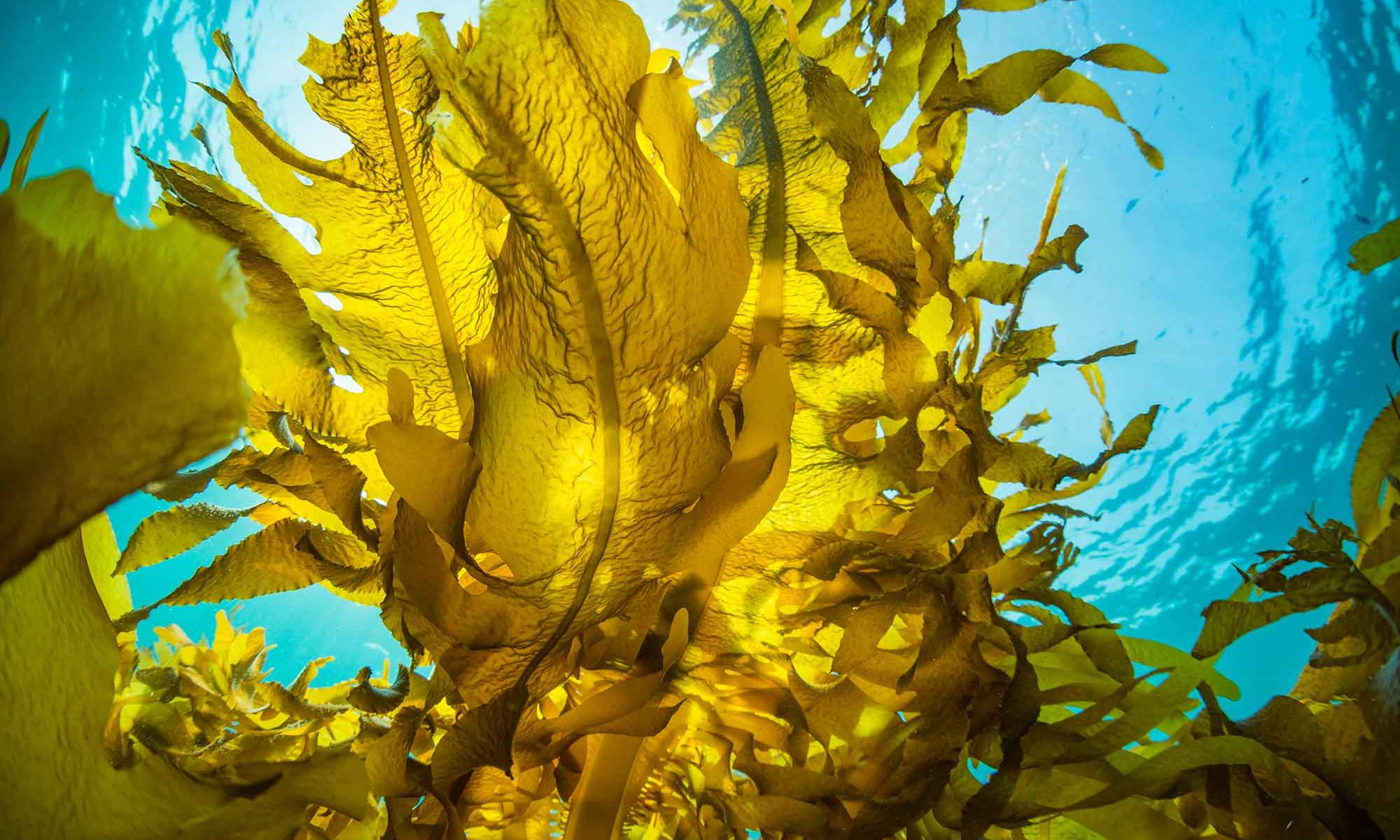According to Coelho, this makes it ideal to locate algae cultivation next to, for example, cement factories or chemical industry, which are able to capture the CO2 from their production processes and deliver it to the algae farm. Through photosynthesis, algae subsequently release oxygen and contribute to cleaner air and a reduction in greenhouse gas emissions. In fact, ocean microalgae are responsible for more than half of all oxygen recycling in the atmosphere.
Because algae are rich in proteins, lipids and pigments, they are an interesting source of biomass. Interest from the biobased industry in marine and aquatic biomass is increasing and the Bio-based Industries Consortium (BIC) is organising a series of member webinars about this topic.
Read the full article on Agro&Chemistry.
Image: divedog/Shutterstock



